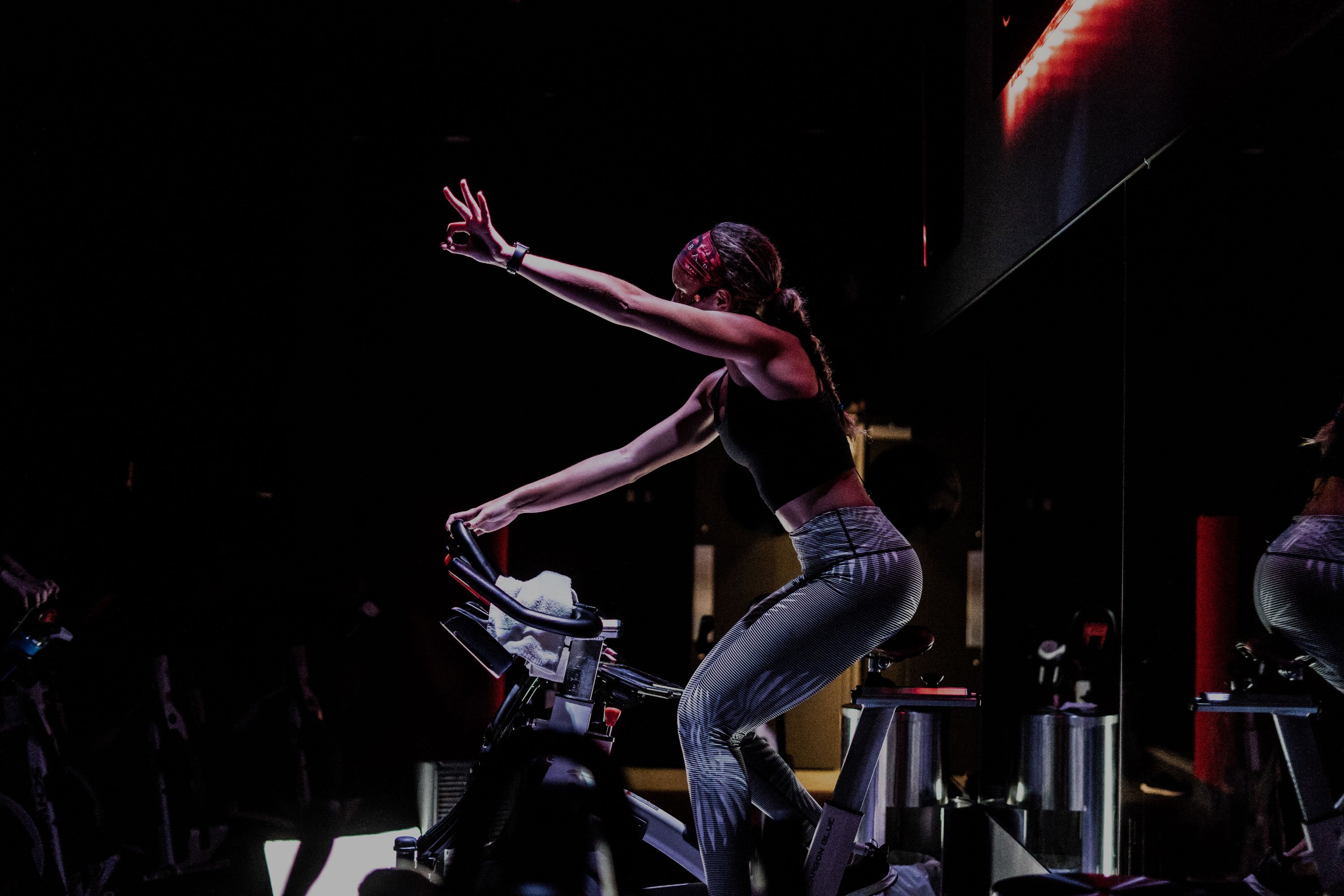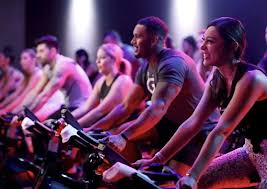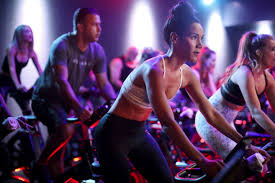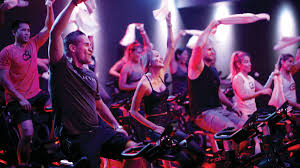How to Design a Muscle Building Cycling Program
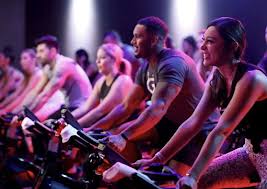
Cycling is often associated with cardiovascular fitness and endurance, but did you know that it can also be an excellent way to build muscle? Whether you are hitting the open road or joining an indoor spin class, a well-designed Muscle Building Cycling Workout can help you achieve your fitness goals.
Understanding the Basics of Muscle Building
Before we dive into the specifics of designing a Muscle Building Cycling Workout, it is essential to understand the fundamentals of muscle growth. Muscles grow through a process called hypertrophy, which occurs when muscle fibers are subjected to stress and then repair themselves, becoming larger and stronger in the process.
Progressive overload
Proper nutrition
Adequate rest and recovery
Step-by-Step Guide to a Muscle Building Cycling Program
A Muscle Building Cycling Workout differs from a standard cycling workout. While most rides focus on cardiovascular endurance, building muscle requires adjustments in intensity, duration, and resistance.
Step 1: Focus on Resistance Training
Key concept: Resistance is your best friend when it comes to building muscle.
Incorporating resistance into your cycling workouts is crucial for muscle hypertrophy. Outdoor riders can achieve this by tackling steep inclines or riding on different terrains. For indoor cycling, increasing the resistance on your stationary bike during an Indoor Spin Class mimics the uphill effect.
Outdoor cycling: Add hilly routes or off-road terrains to your program. The more you work against gravity, the more your muscles will engage. Steeper hills force your legs, particularly your quadriceps and hamstrings, to push harder.
Indoor cycling: During a spin class, increase the resistance knob to simulate climbing. Many indoor cycling bikes allow for adjustable resistance, providing a perfect way to incorporate progressive overload.
Step 2: Add Strength Training
To further enhance muscle growth, it is beneficial to combine cycling with off-the-bike strength training exercises. Incorporate lower body exercises like squats, lunges, and deadlifts, which target the same muscle groups you use in cycling. Adding upper body strength work also improves overall body balance and helps prevent injury.
A well-rounded program includes strength training at least twice a week in addition to your cycling workouts.
Step 3: Utilize High-Intensity Interval Training
High-Intensity Interval Training is an excellent tool to maximize muscle engagement in a Muscle Building Cycling Workout. HIIT consists of short bursts of intense effort followed by brief recovery periods. This style of training recruits fast-twitch muscle fibers, which are responsible for muscle growth and power.
Warm-up: 10 minutes of moderate-paced cycling.
HIIT intervals: 30 seconds of all-out effort, followed by 90 seconds of light pedaling. Repeat this for 8–10 rounds.
Cool down: 10 minutes of low-resistance pedaling.
Step 4: Increase Time in the Saddle
The length of your rides also plays a significant role in muscle development. By extending the duration of your rides, especially at moderate to high resistance, you allow your muscles to endure longer periods of strain, promoting growth. Aim for one or two longer rides per week, with a focus on maintaining consistent resistance. The goal here is to build endurance while simultaneously encouraging muscle engagement for extended periods.
Step 5: Prioritize Recovery
Muscle building is not just about how hard you work; it is also about how well you recover. Muscles grow during rest, not during the workout itself, so it is critical to allow time for recovery between intense sessions. Overtraining without adequate rest can lead to fatigue, injury, and hinder muscle growth.
Post-workout recovery: Incorporate gentle stretching after each workout to aid in muscle flexibility and recovery. Foam rolling is another excellent tool for releasing tension in tight muscles.
Rest days: Schedule at least one to two rest days per week to give your muscles the chance to repair and grow stronger. On rest days, consider incorporating yoga or light walking to keep the body moving without overworking the muscles.
The Role of Indoor Spin Classes in Muscle Building
Many people assume that Indoor Spin Class is only useful for improving cardio fitness, but they are also an effective part of a muscle-building program when done correctly. Spin classes offer a unique opportunity to work under controlled conditions with structured guidance from an instructor. The combination of high-energy music, timed intervals, and group motivation creates the perfect environment for pushing past limits and achieving your muscle-building goals.
Conclusion
Designing a Muscle Building Cycling Workout is about more than just pedaling, it is about intentional resistance, strength training, HIIT intervals, and proper recovery. By adding outdoor rides, resistance-focused Indoor Spin Class sessions, and strength training exercises into your schedule, you can create an effective and balanced program that builds lean muscle while boosting your cardiovascular fitness.
Note: IndiBlogHub features both user-submitted and editorial content. We do not verify third-party contributions. Read our Disclaimer and Privacy Policyfor details.



